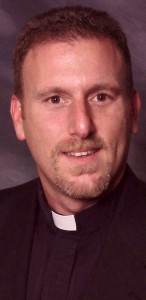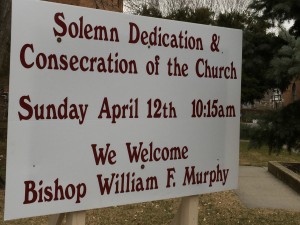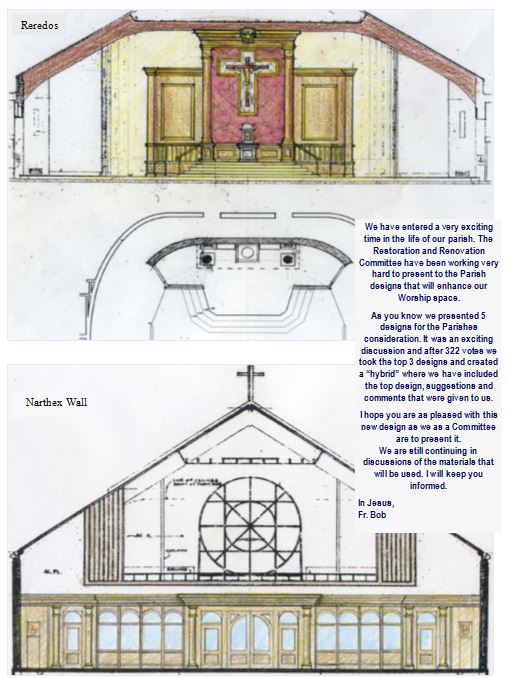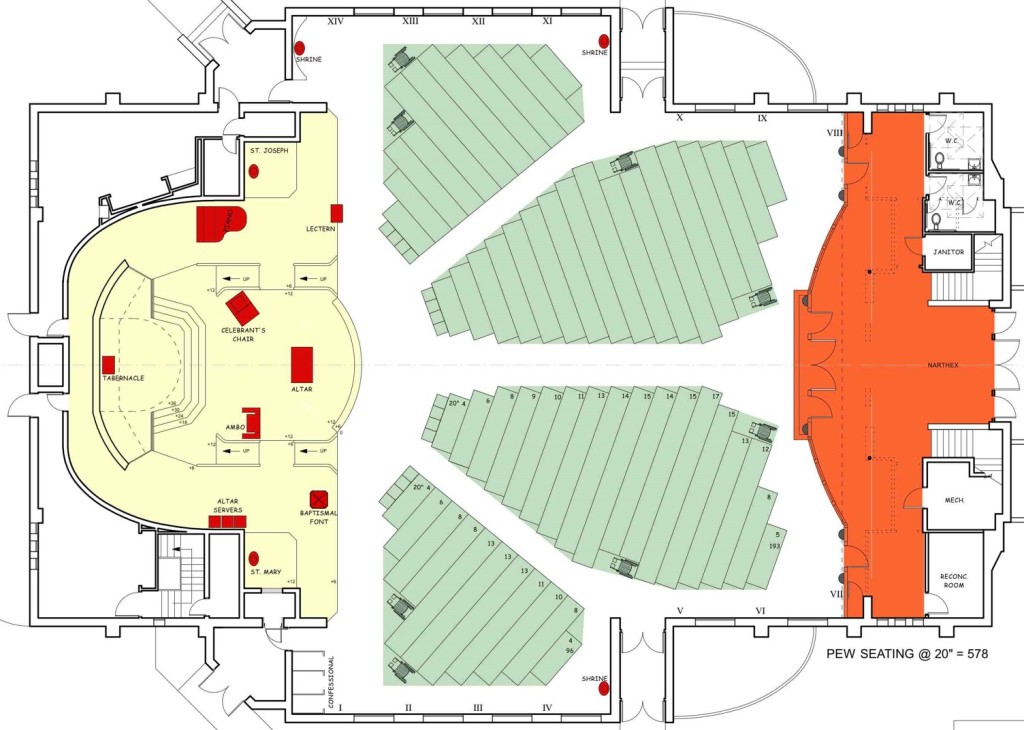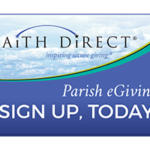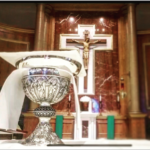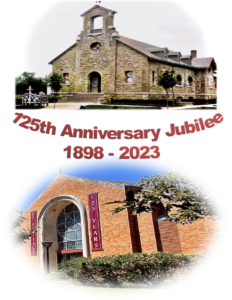
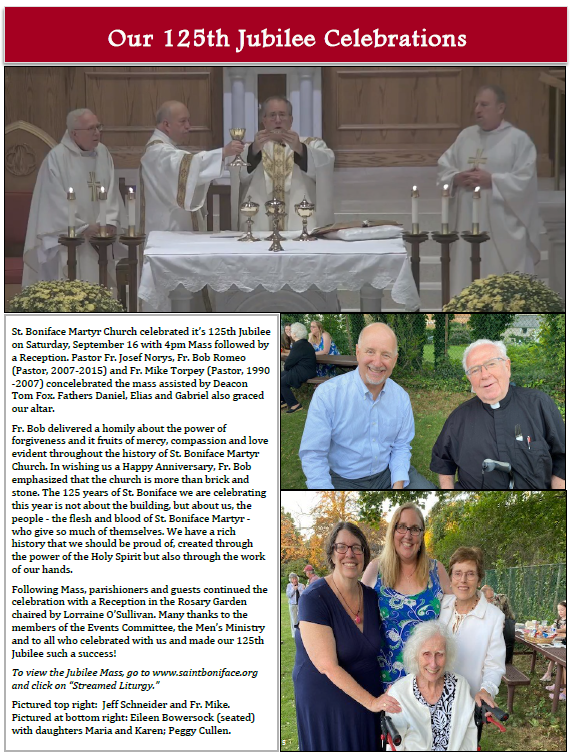
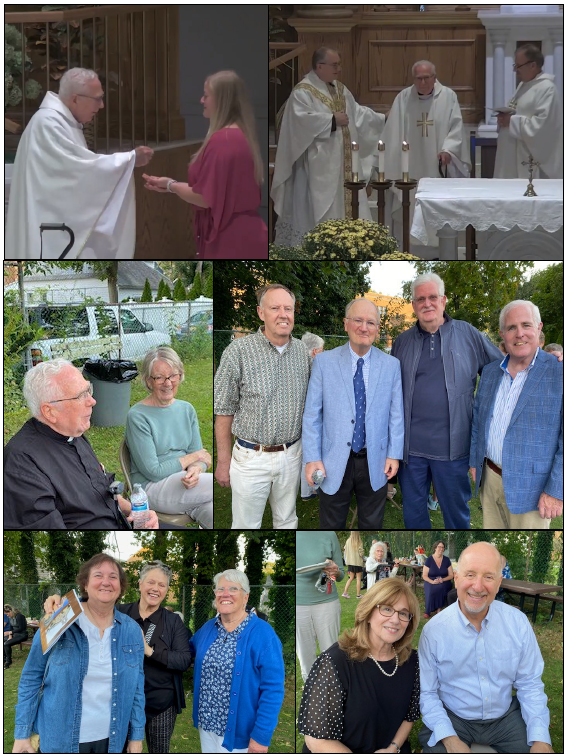
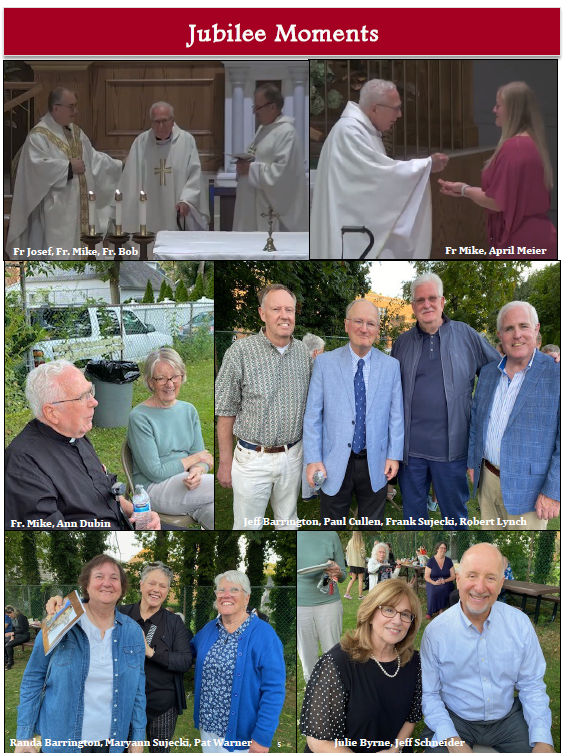
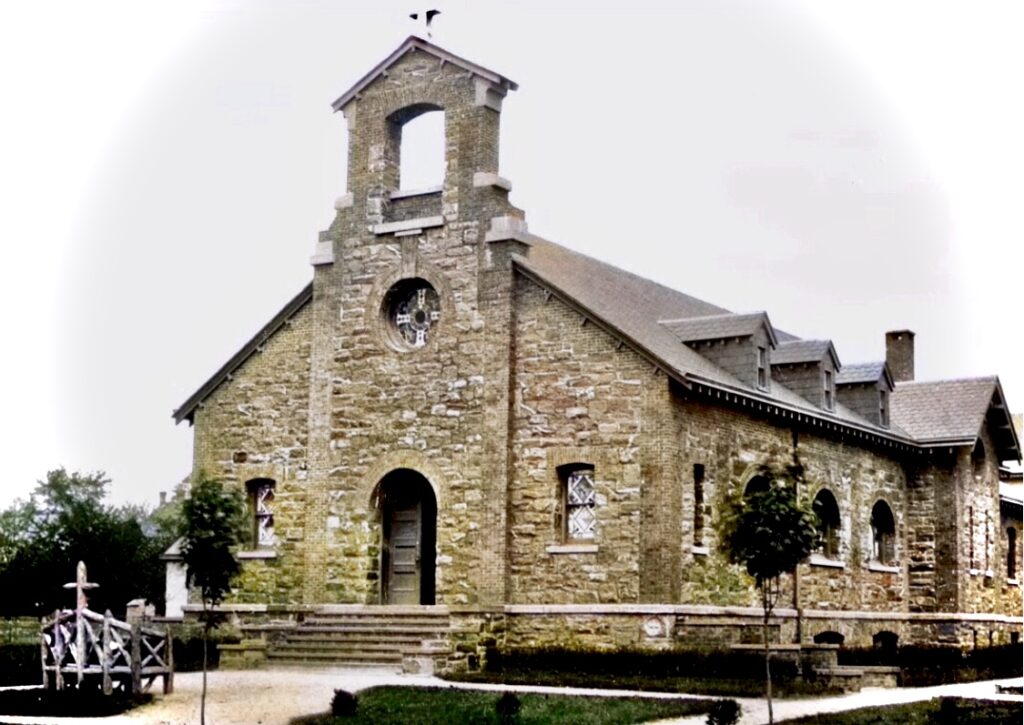
125th Anniversary Mass and Celebration
An Anniversary Mass and Celebration took place at St. Boniface on Saturday, September 16, 2023.
“Our Journey Continues”
A new publication:
This small book continues a lovely tradition followed through the years by parishioners who took milestones such as the 50th, 75th, and 100th anniversaries of the parish, and other moments where the Spirit moved various parishioner/scribes, as occasions to chronicle the story of our parish.
Editors Julie Byrne and Robert P. Lynch have taken the liberty of casting a fresh eye upon those earlier compilations, reworking and updating them.
Julie has been the Bulletin Editor and Robert has been the Social Media Coordinator for the parish. Over the past 25 years and have been curating parish history, in order to preserve it and make it available to the families and friends of St. Boniface Parish. They are in the process of digitalizing the many publications and photos detailing parish life that are preserved in our parish archives, and we hope to continue helping to make them available to those interested in the history of our parish and its continuing journey.
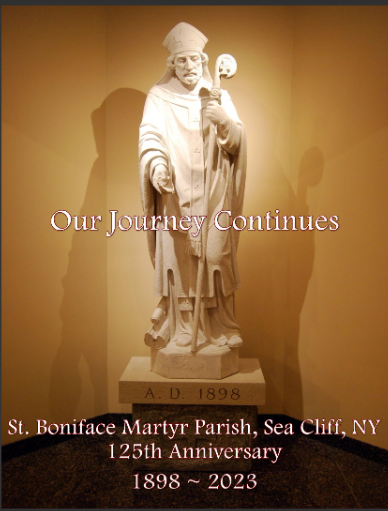
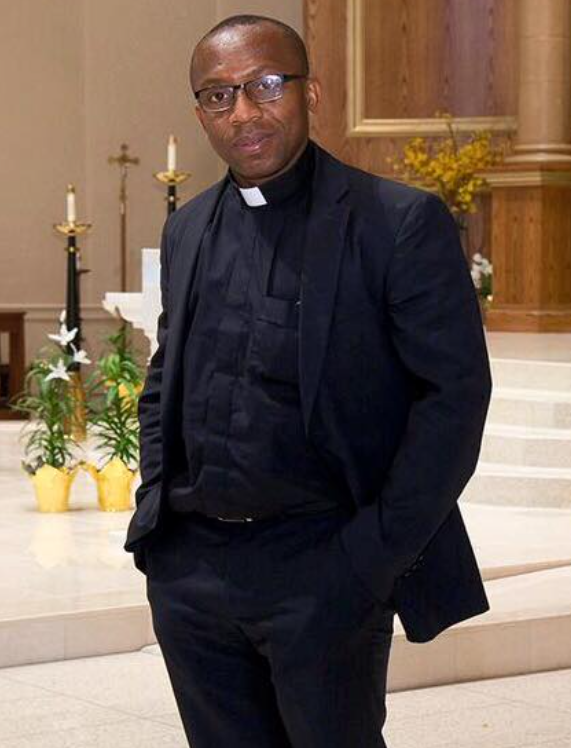
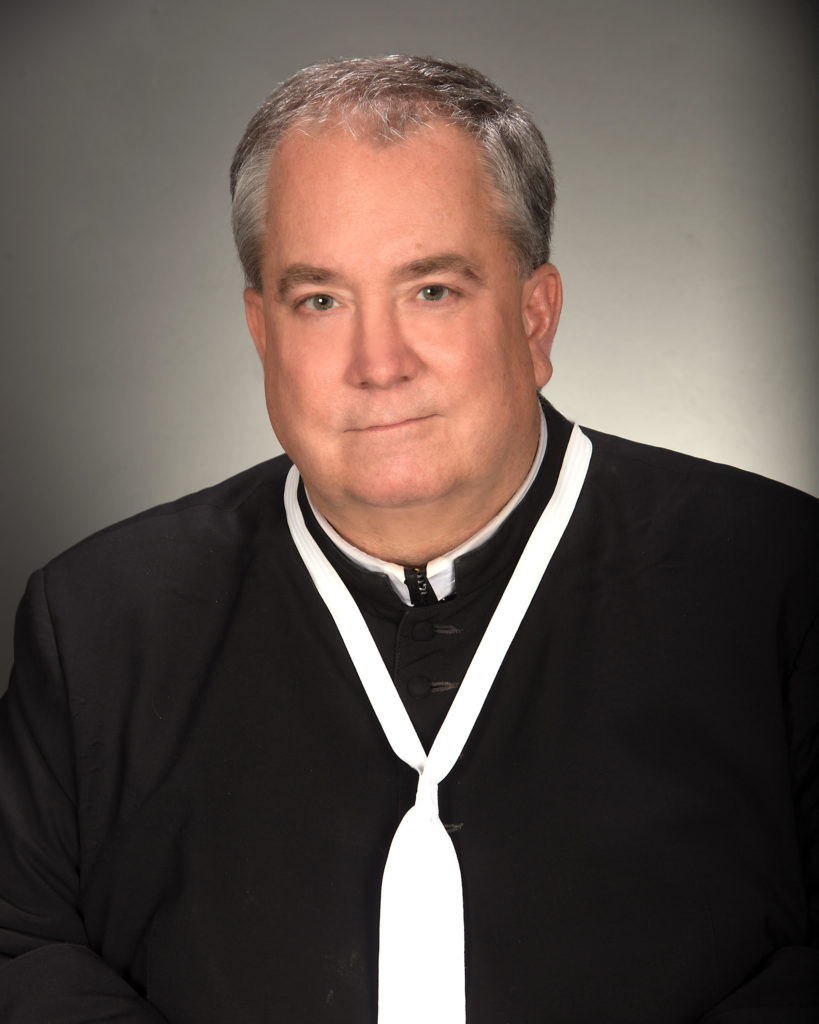
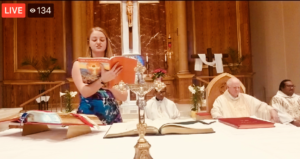
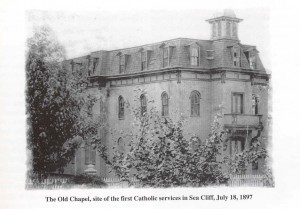
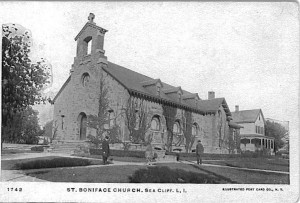
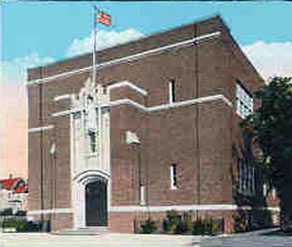
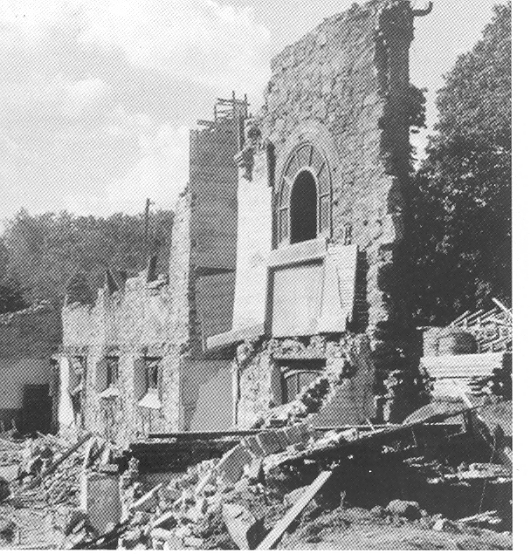
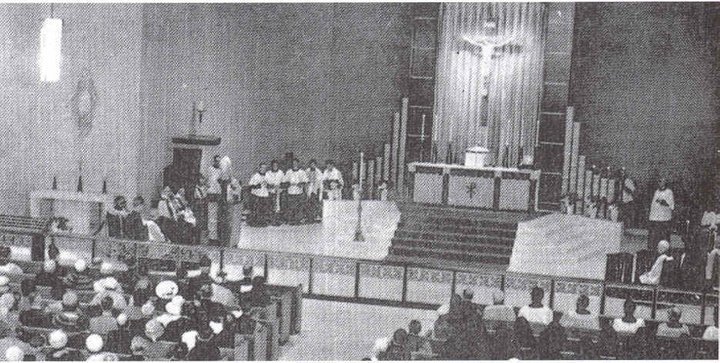
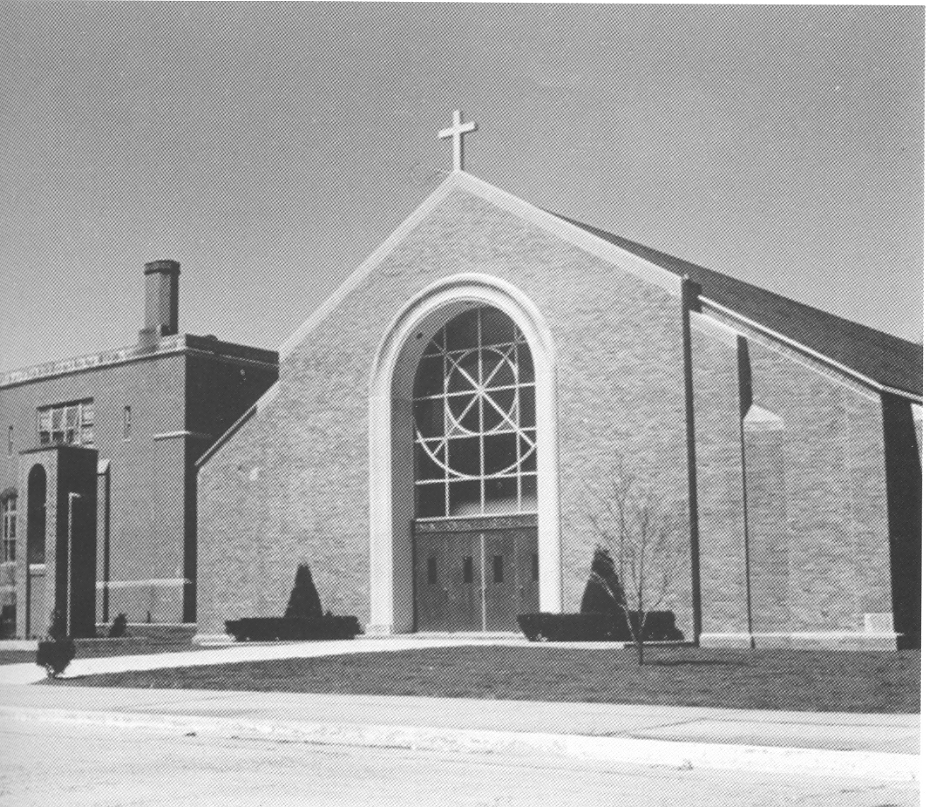
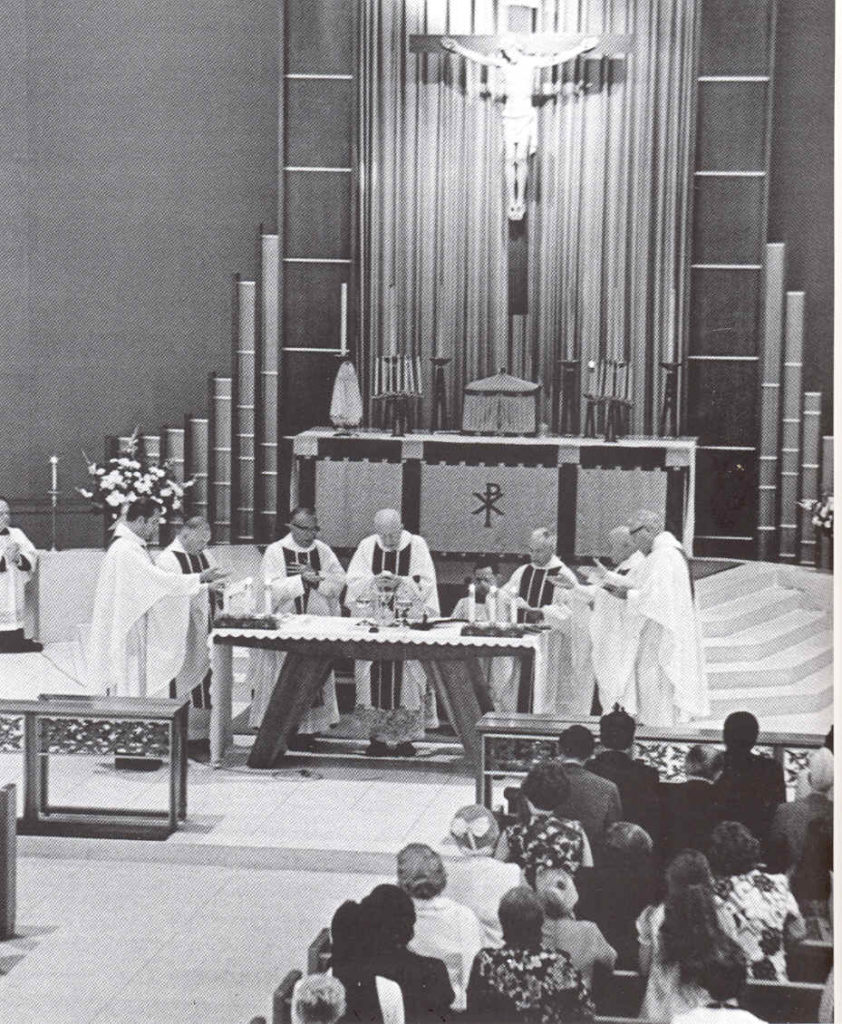
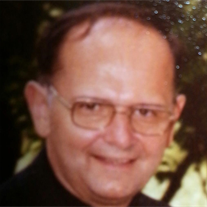
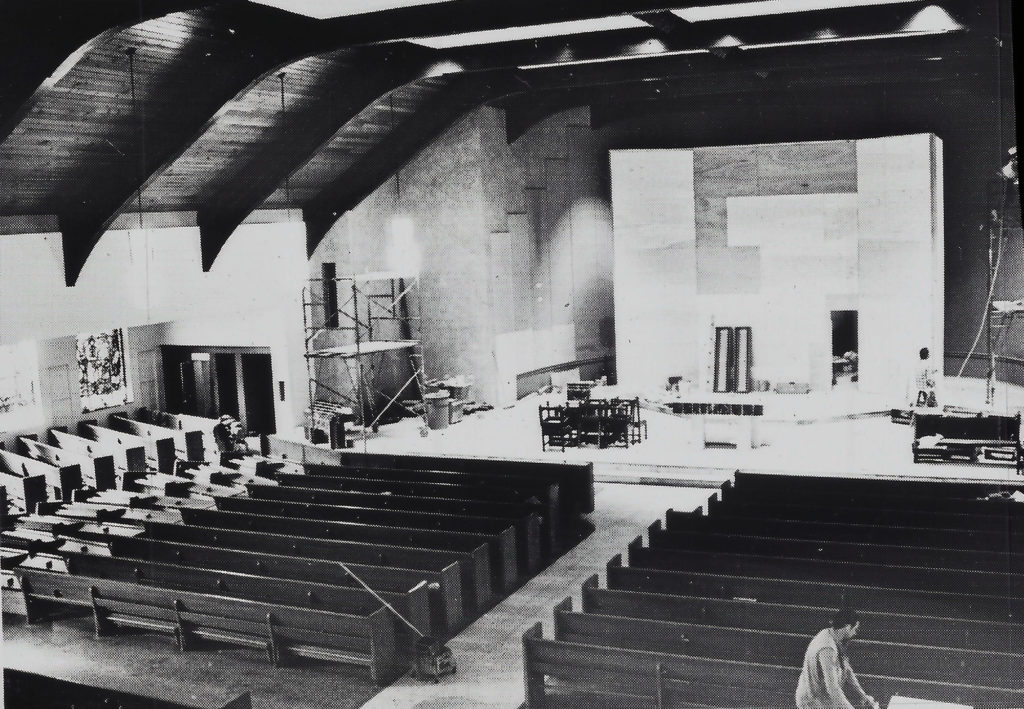
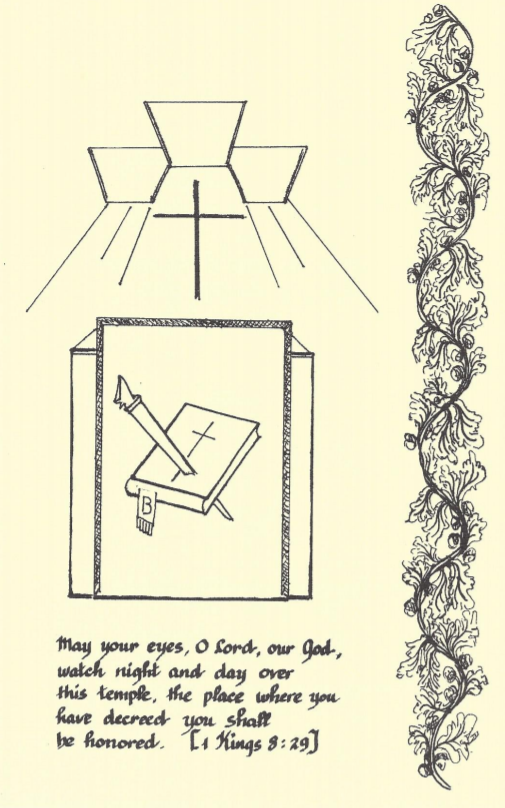

 In 1995, Sister Maureen Vellon, R.S.H.M. was appointed as principal of ASR. At present, 40 of the approximately 400 students are St. Boniface parishioners, and the school continues to flourish. In the fall of 1999, all grades will be located on St. Patrick’s parish property, allowing for total technological integration of all classrooms, leading the school into the 21st Century.
In 1995, Sister Maureen Vellon, R.S.H.M. was appointed as principal of ASR. At present, 40 of the approximately 400 students are St. Boniface parishioners, and the school continues to flourish. In the fall of 1999, all grades will be located on St. Patrick’s parish property, allowing for total technological integration of all classrooms, leading the school into the 21st Century. St. Boniface Martyr Parish began its preparation for the
St. Boniface Martyr Parish began its preparation for the 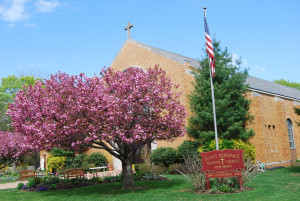 07, St. Boniface bid a fond farewell to Fr. Mike Torpey, who had been Pastor since 1989. Fr. Mike had led the parish through some momentous times, assisting in the founding of All Saints Regional Catholic School and helping the parishioners explore their baptismal roles as Catholic Christians by helping them grow into new responsibilities as St. Boniface became a “one priest parish”.
07, St. Boniface bid a fond farewell to Fr. Mike Torpey, who had been Pastor since 1989. Fr. Mike had led the parish through some momentous times, assisting in the founding of All Saints Regional Catholic School and helping the parishioners explore their baptismal roles as Catholic Christians by helping them grow into new responsibilities as St. Boniface became a “one priest parish”.